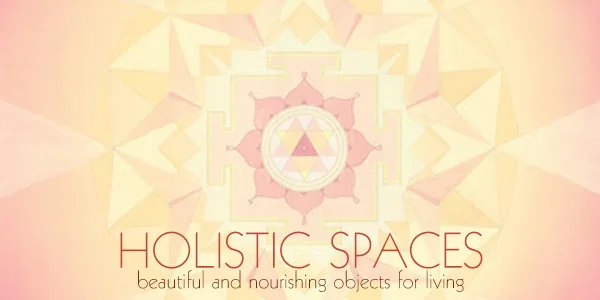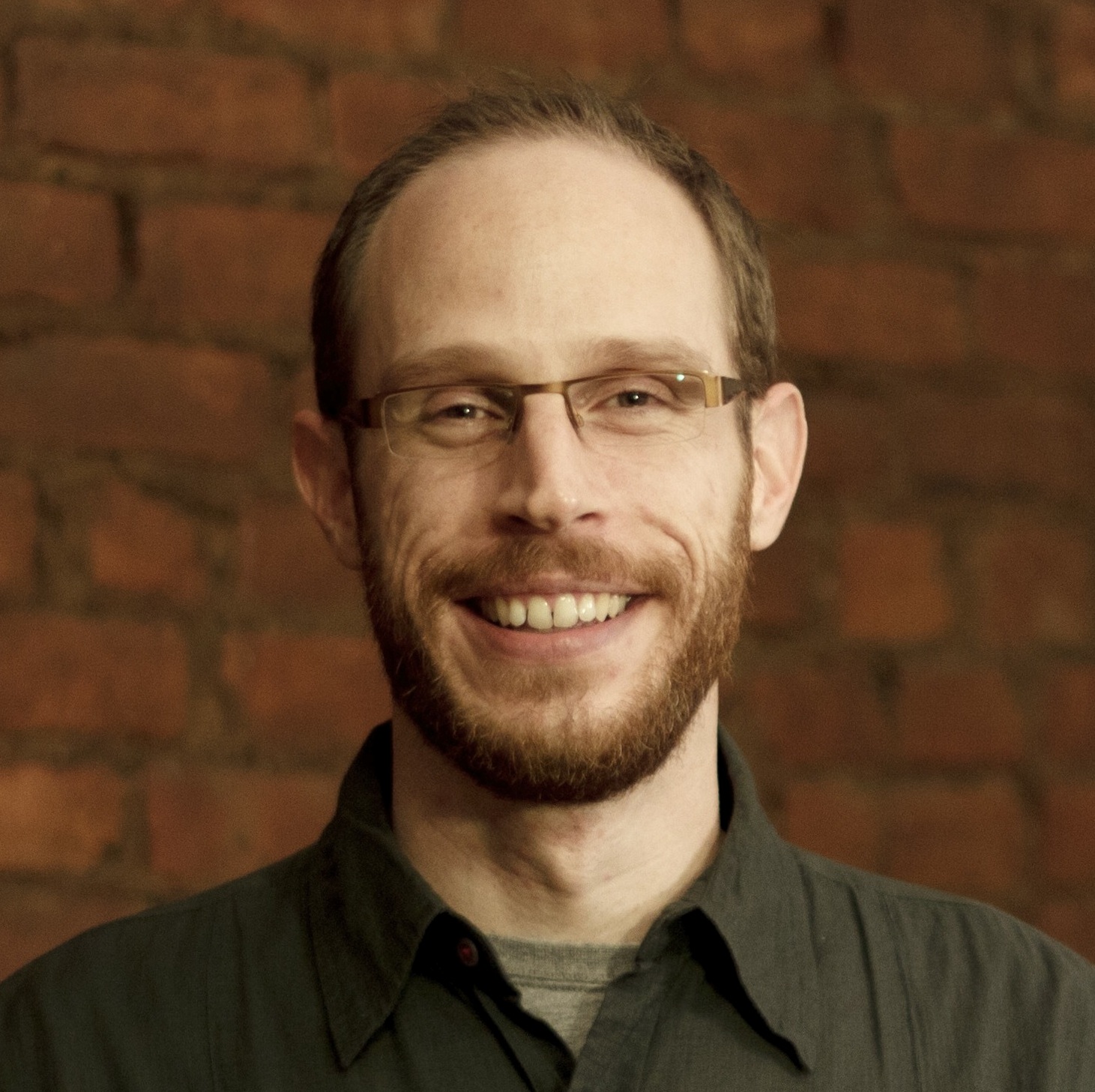Our last blog post was an interview with JD Capuano and his work with Closed Loop Advisors, a sustainability management consultancy focused on helping organizations with two things: environmental sustainability strategy, measurement, and analytics; and green building fit-outs and certifications.
While we were chatting, we started talking about energy efficiency and RECs. I really appreciated his perspective and wanted to share it with the Holistic Spaces readers. So, read on!
AC: Let's talk about RECs, what are they exactly?
C: RECs are renewable energy certificates bought and sold in the U.S. Basically, RECs allow you to buy the bragging rights for renewable energy without actually buying the energy. One REC is created for every megawatt hour (mWh) of renewable electricity generated. They were first thought up as a way to incentivize energy developers to invest in renewable projects like wind farms or solar arrays.
There are two markets for RECs – the compliance market and the voluntary market. The compliance market is regulated and is comprised mostly of utilities purchasing these credits to help meet a state's renewable portfolio standard, or RPS. We focus on the voluntary market, where companies can buy RECs to claim they use "green power" for their operations or that their product is carbon neutral. Most of the time you hear such claims, it's not because companies are directly consuming 100% renewable energy.
What's the truth about RECS and your opinion on them?
Most RECs purchased on the voluntary market are considered "national RECs." National RECs mostly come from less populated regions where there's a lot of wind, like west Texas, Iowa and Oklahoma. My colleagues and I have been digging into this for a year, and our problem with RECs is that if you're in New York or Michigan or California and buy national RECs, it is physically impossible for that electricity to reach you. There's a myth out there that the U.S. electricity grid is like one big bathtub where you can turn up the green energy faucet and make the whole thing greener. In reality, there are 26 grids in the U.S., so 26 bathtubs. While there are connections between grids, there are also substantial transmission losses. There's no way an electron generated by a wind farm in west Texas is making it to New York.
Unfortunately, national RECs are cheap and easy compared with other "green power" options. Our concern is that programs like the EPA's Green Power Partners and the Greenhouse Gas Protocol (the gold standard on international guidance about emissions) give RECs the same weight as onsite renewable generation, power purchasing agreements, and utility green power schemes (that aren't REC based). This allows companies to make big green claims while not making financial decisions that add more renewable capacity to the grid. And why wouldn't they if the EPA and GHG Protocol tell them this cheap and easy option is equivalent to putting solar onsite? We believe this sends a weak market signal for the development of new capacity. We're actually talking with people at the EPA and Greenhouse Gas Protocol to try and influence change. We also have a paper coming out on the topic.
Your readers can also be unknowingly making the wrong choice. In states with deregulated utilities, like NY, you can pay extra to buy green energy. Some just use national RECs, while others use local RECs. Is it a good REC (local) or a bad REC (national)? You can usually find this if you check their website FAQ. If you can't find anything about local RECs, assume they're national. There are some good companies working in this space, like Ethical Electric and Community Energy.
Companies can also purchase local RECs, which we think are okay, so long as they have no options for onsite or utility green energy programs.
So, rather than buying RECs, we recommend good old energy efficiency! What is a simple tip for our readers, so they can become more energy efficient?
Insulation is the best place to start. People can more quickly and easily impact their homes than their offices, no matter if they own or rent. I rent and have found noticeable savings with weatherstripping my doors and caulking cracks. This method is effective, so long as you're diligent, and inexpensive. So find those leaks and seal them up! Use your hand and feel for air. Around windows, window frames, interior room door frames, and where any molding meets the floor are good spots to check. Ditto for any pipes entering for heat or water. If you're unsure whether air is coming in, use a match as both the flame and smoke are telling when it comes to air leaks. If you're a city dweller, this is also helpful for keeping out any unwanted vermin.
JD Capuano, Co-Founder and Co-CEO, Closed Loop Advisors – JD Built his career using data to solve business problems. For nearly a decade he worked in various positions within the Business Analytics group at Schering-Plough. JD utilized technical skills such as big data analytics, deep-dive analysis, data modeling, and metric development, to advise decision-makers on strategies and tactics. JD also spend years as a volunteer working on environmental advocacy and pro-bono sustainability consulting for the city of Hoboken, NJ. Today JD helps clients with strategic planning, advanced analytics and helping them effectively tell their sustainability story. JD holds a B.A. in Business from the University of Pittsburgh and an M.S. in Sustainability Management from Columbia University’s Earth Institute.







